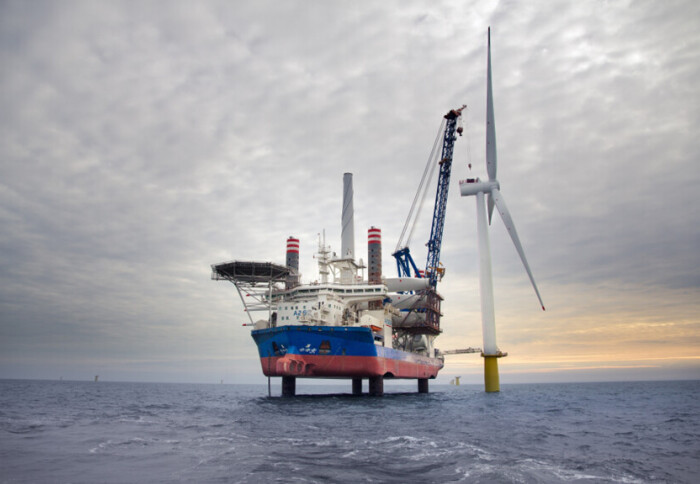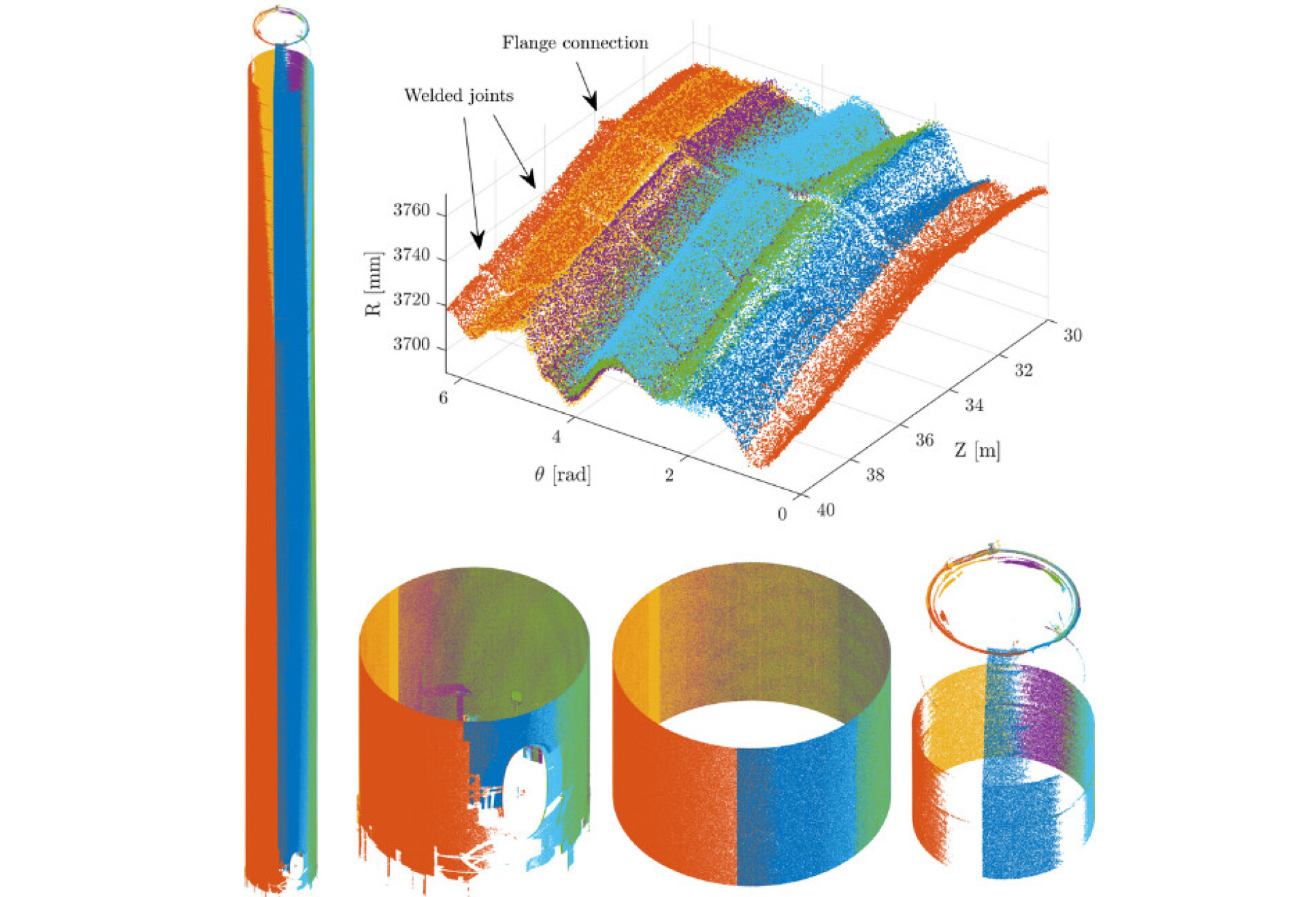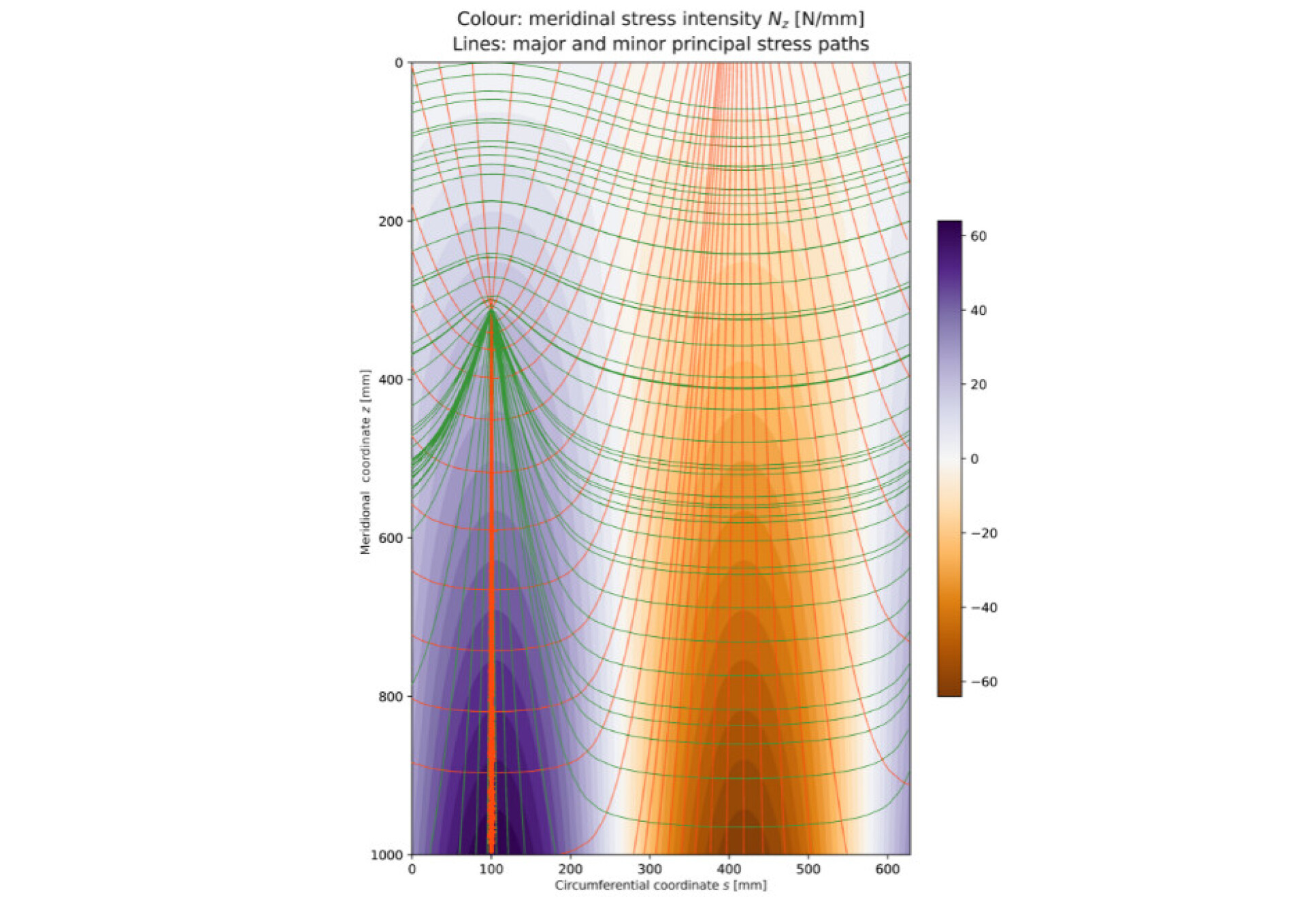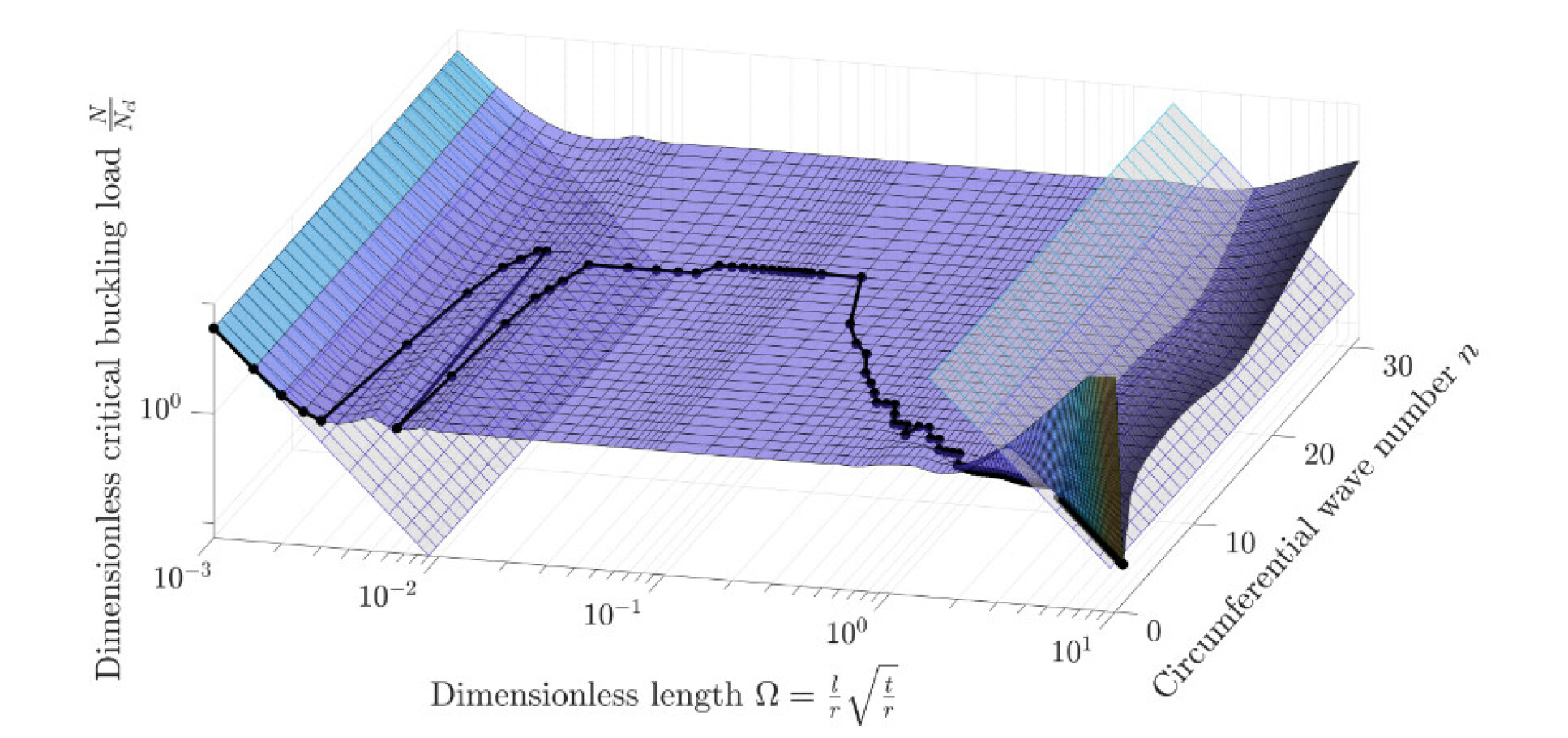Transforming Wind Energy Infrastructure with Digital Twinning

Installation of offshore wind turbine tower from a barge
A £1.95m EPSRC Fellowship aims to enhance offshore wind structure design using geometric digital twins and computational structural engineering.
As demand for renewable energy grows so does the scale of offshore wind turbine support structures, challenging both conventional design and testing methods. Thanks to a new EPSRC Open Plus Fellowship, Dr Adam Jan Sadowski, Senior Lecturer in the Department of Civil and Environmental Engineering, and his research team are pioneering a shift in structural engineering that could have lasting implications for strengthening energy security, improving infrastructure resilience and reducing steel use in the wind energy sector.
They will use advanced high-performance computer simulations of offshore wind turbine support towers to create a future-proof knowledge base and improve design methods for these untestable massive-scale structures.
Computational Structural Engineering and Digital Twins
Historically, structural engineering has relied primarily on physical testing to develop design rules, with only limited support from computational models. With offshore wind towers now surpassing 120 meters in height and thousands of tonnes in weight, physical testing becomes impossible. A paradigm shift towards data-driven computational design methods is now needed, which Dr Sadowski’s Fellowship aims to bring about through geometric digital twinning.
My Fellowship will help us build precise digital twins of wind turbine support structures, enabling safer, more resilient designs while minimising unnecessary material use and related costs Dr Adam Jan Sadowski Senior Lecturer in the Department of Civil and Environmental Engineering
A digital twin in this context is a high-fidelity geometric and material representation of a real wind turbine support tower. Unlike physical testing, which is both expensive and limited in size and scope, digital twinning allows for essentially unlimited ‘virtual laboratory’ simulations.
This allows engineers to simulate endless scenarios in order to optimise structures for resilience and reduce the risk of structural failure, which is essential for the longevity and safety of both current and future wind energy assets.
Synthetic datasets obtained from these digital twins then help develop more precise design rules that can be applied to these fragile real-world structures of ever-increasing scale.

Enhancing Energy Security and Infrastructure Resilience
Dr Sadowski’s research has the potential to support national energy security goals by ensuring that wind structures are efficiently designed to withstand extreme conditions. These reliable and resilient structures are critical as they increasingly contribute to stable, local energy sources.
Dr Sadowski said: “My research has spanned theoretical work, experiments and computational simulation, now focusing increasingly on the latter. My Fellowship will help us build precise digital twins of wind turbine support structures, enabling safer, more resilient designs while minimising unnecessary material use and related costs.”
Collaboration for Open-Source Innovation
This research brings together leaders from academia and industry, including the Edinburgh Parallel Computing Centre, Siemens Gamesa Renewable Energy, Scottish Power, Leica Geosystems, COWI and the Offshore Renewable Energy Catapult. Such a partnership enables the development of open-source, high-performance computational tools, deployed on platforms like Archer 2 that will support researchers globally and offer a standardised and cost-effective approach for advanced structural analysis and simulation.
By ensuring these innovations are openly available, the Fellowship promotes a shared approach to building renewable energy resilience, supporting improved infrastructure across the wind energy sector and beyond.

Cutting Costs and Carbon Emissions in Wind Energy Production
The use of digital twins also holds potential for cost and carbon savings. Current offshore wind structures are often designed with excess material use. By offering more precise, data-driven assessments of structural and safety requirements, digital twins can identify opportunities to reduce both overdesign and excessive use of steel. It is possible that savings of the order of 50–100 tonnes of steel per tower are achievable, translating to a significant reduction in emissions and material costs.
Reducing overdesign helps create lighter structures without compromising safety, makes wind energy more affordable and ultimately minimises the carbon footprint per structure, supporting a more sustainable industry.

Building a Sustainable Future for Structural Engineering
Dr Sadowski’s Fellowship represents a new opportunity in computational structural engineering, prioritising safety, efficiency and sustainability. By transitioning from physical testing to computational simulation, this research could redefine how large-scale infrastructure is designed, tested and maintained, with wide-ranging benefits for energy security, structural resilience and carbon reduction. As global demand for renewable energy grows, innovations like these are essential.
Main image credit: Siemens Gamesa Renewable Energy
Article supporters
Article text (excluding photos or graphics) © Imperial College London.
Photos and graphics subject to third party copyright used with permission or © Imperial College London.
Reporter
Press Office
Communications and Public Affairs
- Email: press.office@imperial.ac.uk
